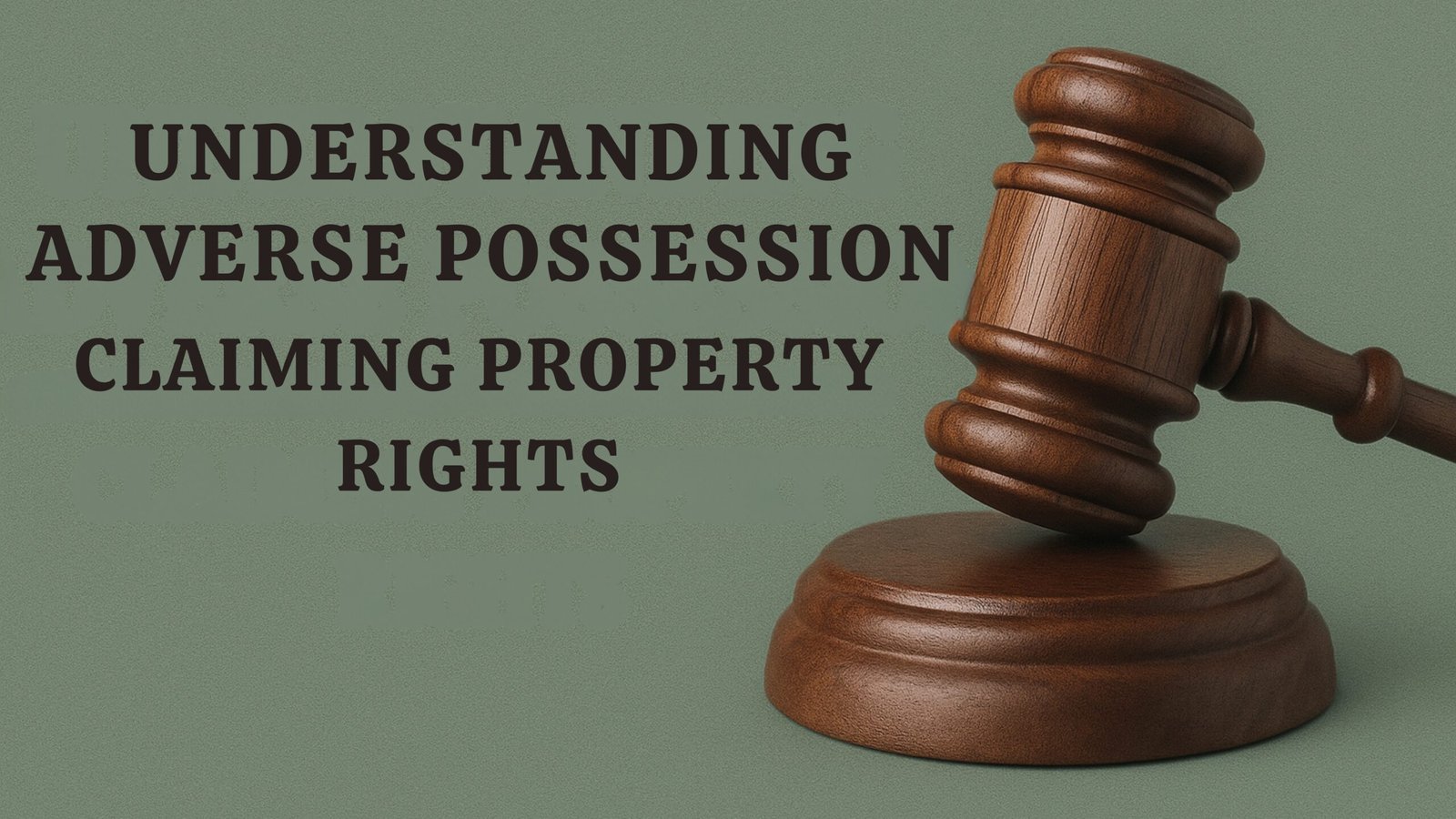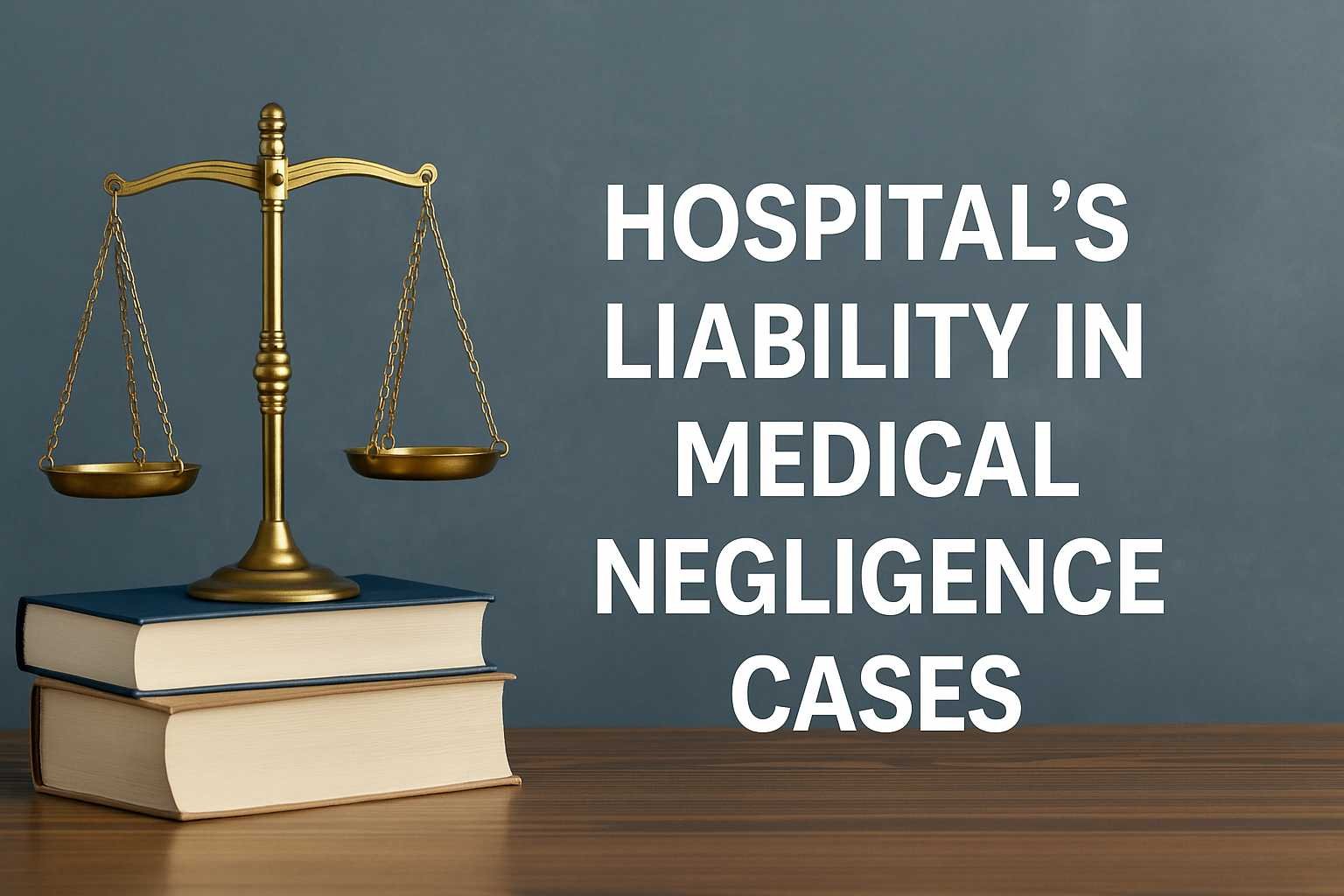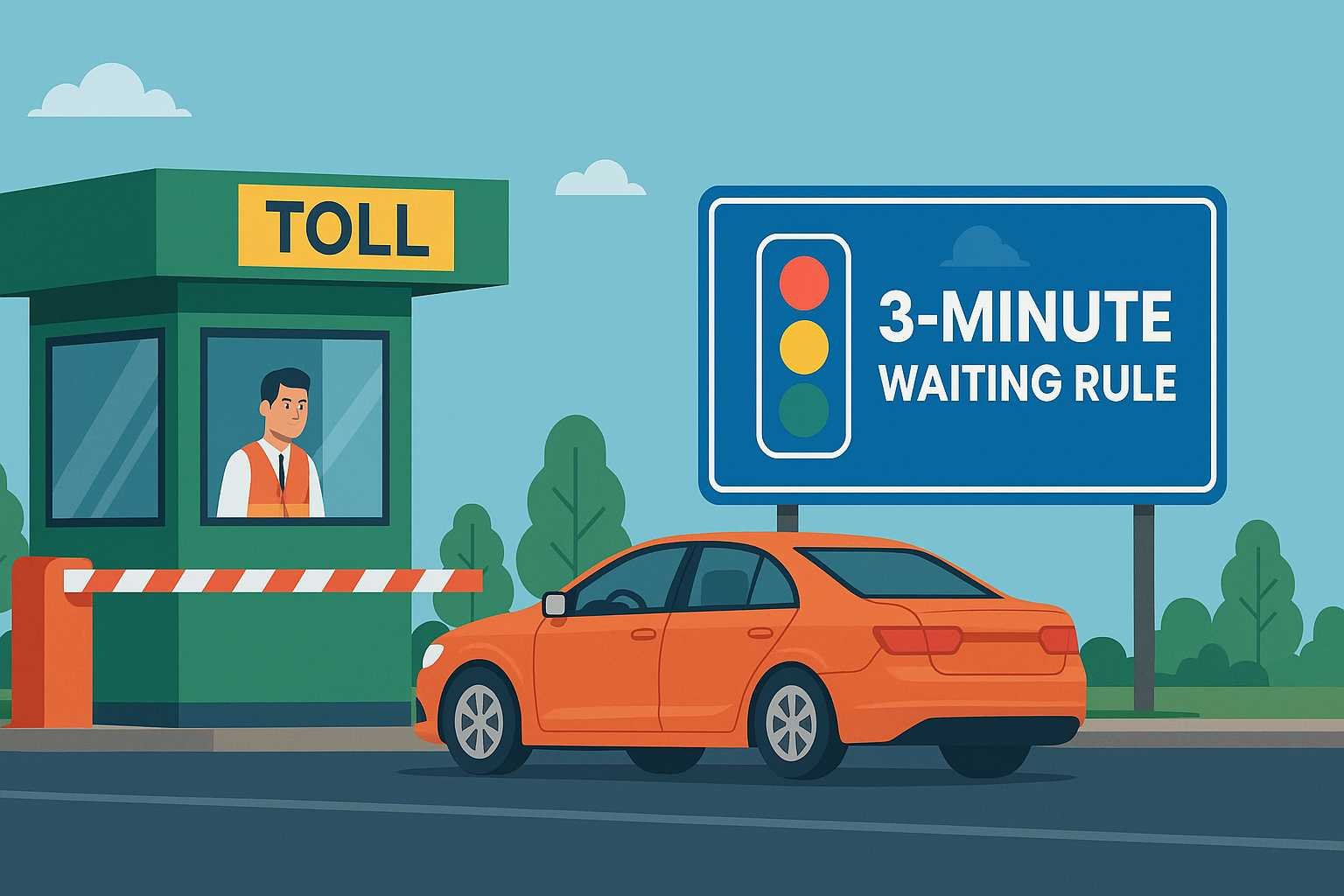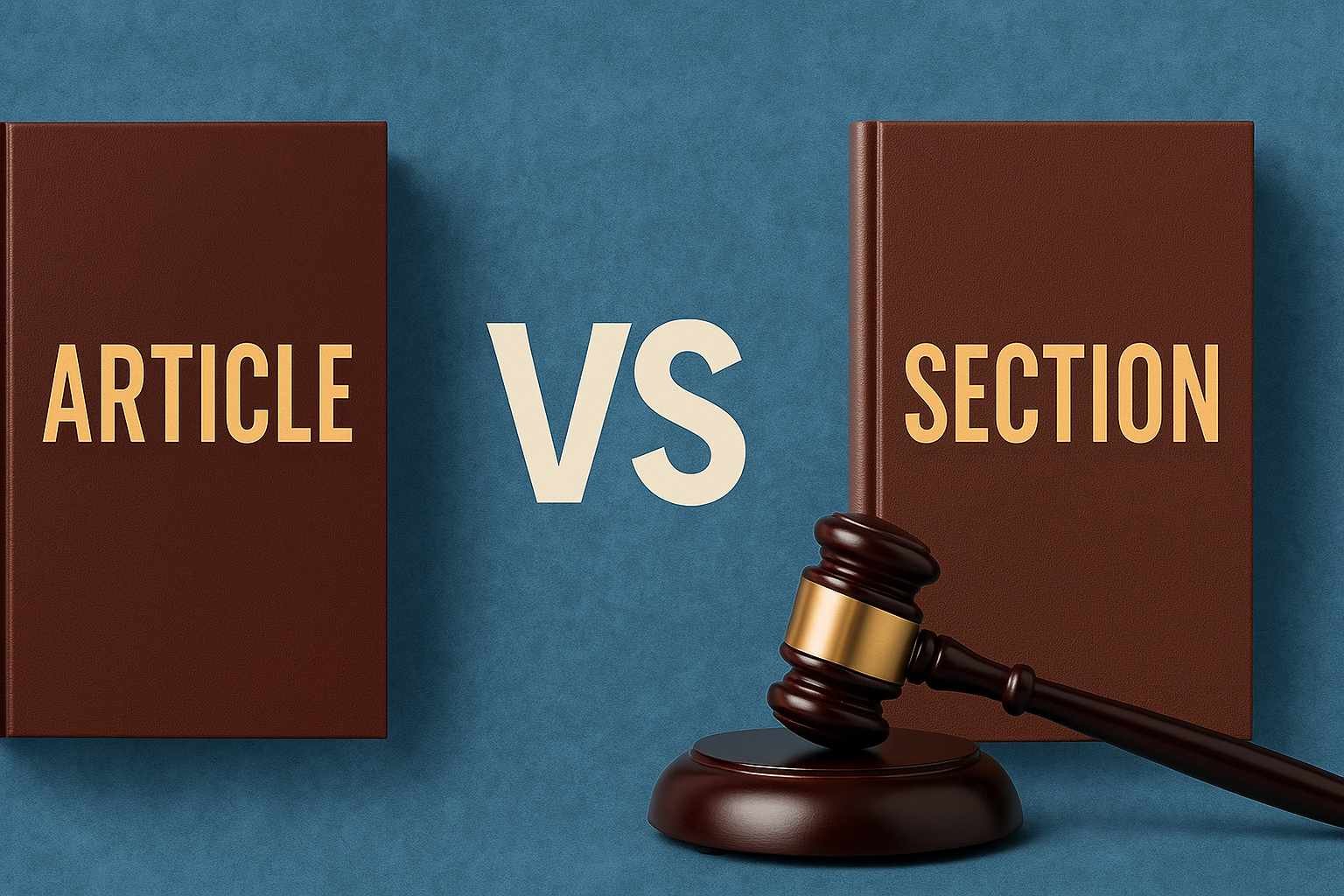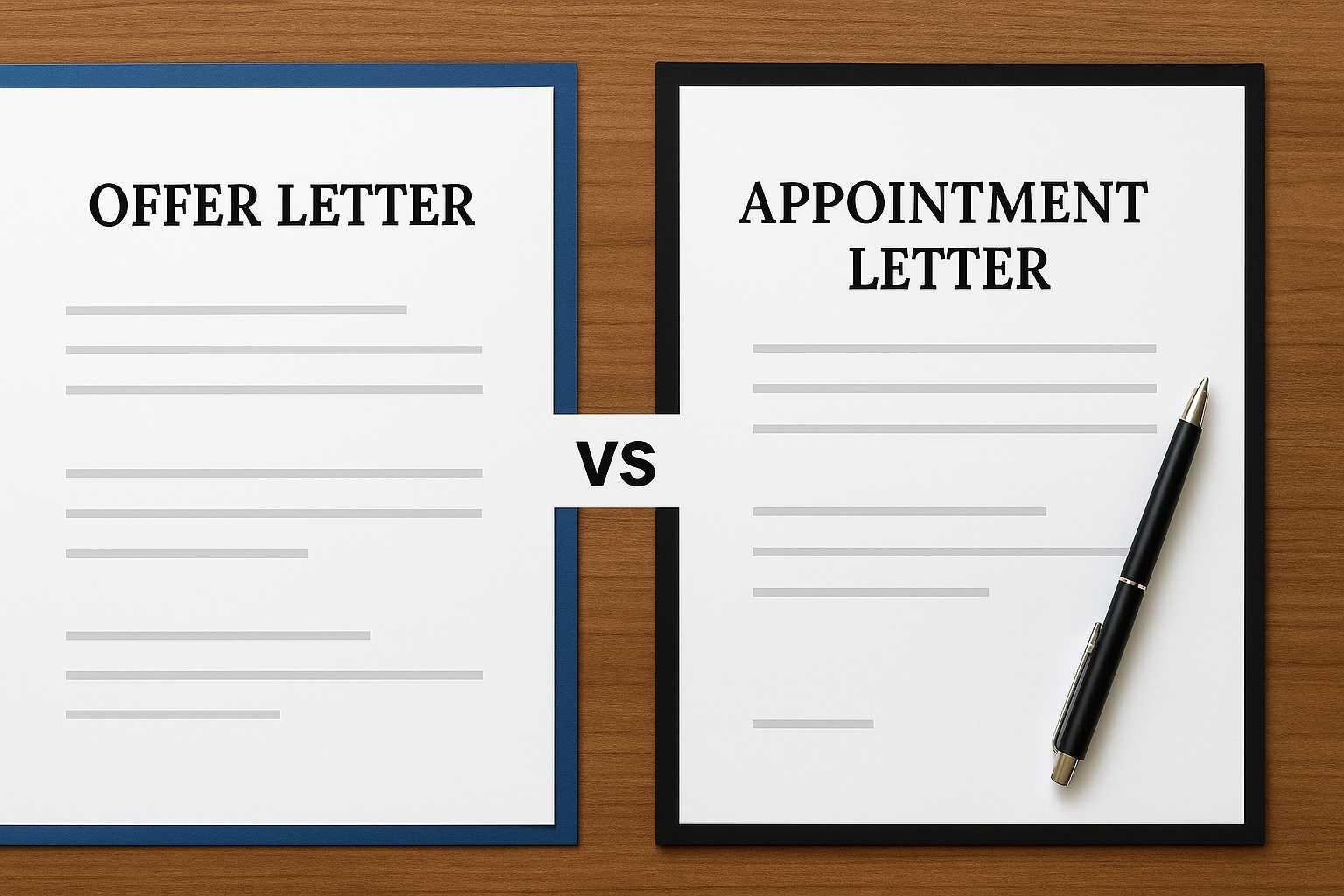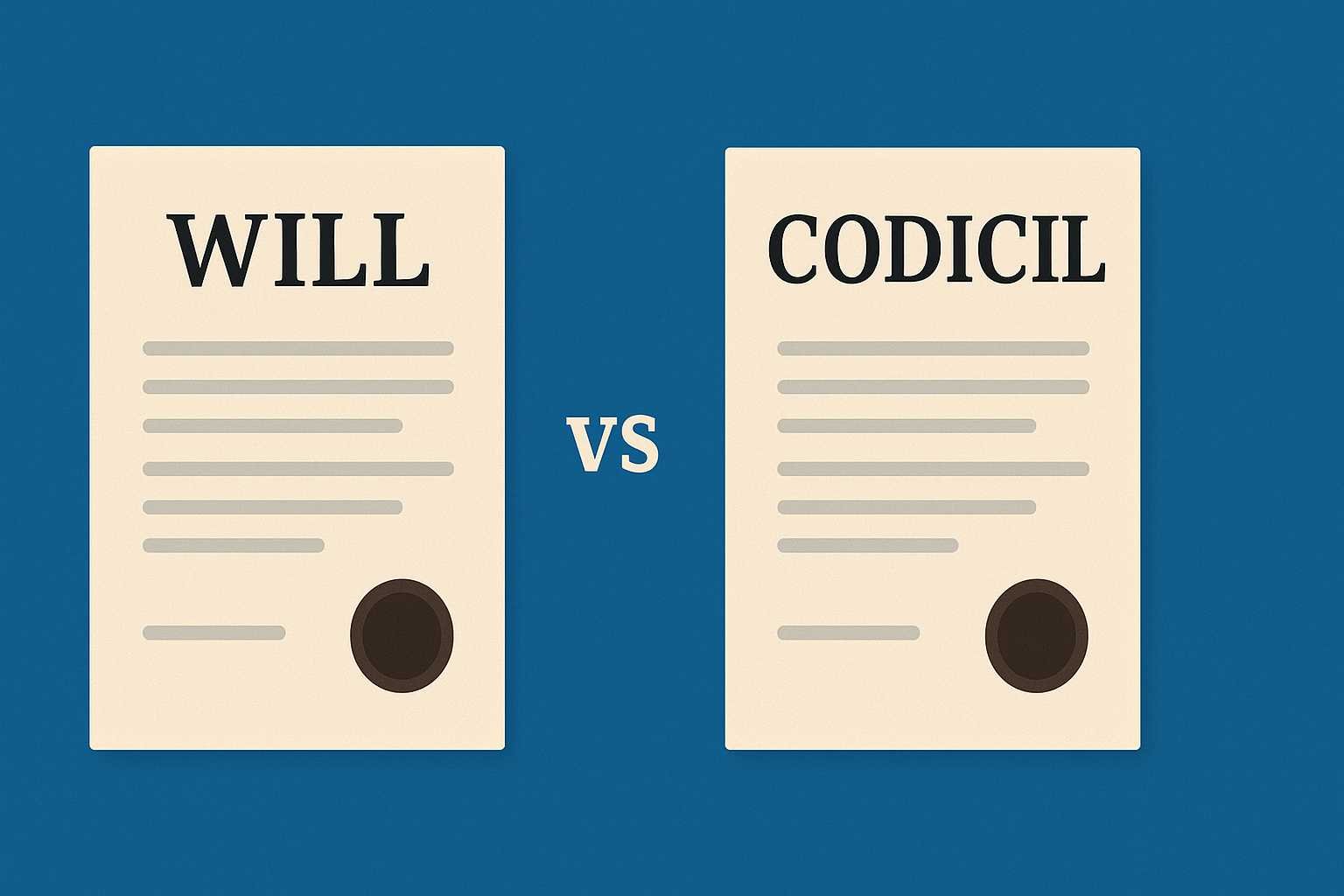On this page you will read detailed information about Conveyance Deed.
When it comes to transferring property ownership, understanding conveyance deeds is essential. As a property owner or potential buyer, you need to be well-versed in the various types of deeds and their implications. A conveyance deed is a legal document that transfers property rights from one party to another, but the specifics can vary significantly. Whether you’re dealing with a general warranty deed, a quitclaim deed, or something in between, knowing the nuances can protect your interests and ensure a smooth transaction. In this article, you’ll learn the key aspects of conveyance deeds, empowering you to navigate property transfers with confidence and clarity.
What is Conveyance Deed?
A conveyance deed, also known as a deed of conveyance, is a legal document that transfers ownership of real property from one party (the grantor) to another (the grantee). This crucial instrument plays a pivotal role in real estate transactions, serving as irrefutable proof of property transfer.
Key Components
Conveyance deeds typically contain several essential elements:
- Property description: A detailed account of the real estate being transferred, including its physical address and legal description.
- Parties involved: Names and addresses of both the grantor and grantee.
- Consideration: The amount paid or exchanged for the property.
- Date of transfer: The official date when ownership changes hands.
- Signatures: Both parties must sign the deed to make it legally binding.
Types of Conveyance Deeds
There are various types of conveyance deeds, each serving different purposes:
- General Warranty Deed: Offers the highest level of protection for the buyer.
- Special Warranty Deed: Provides limited guarantees about the property’s title.
- Quitclaim Deed: Transfers any interest the grantor may have in the property without warranties.
Understanding the nuances of conveyance deeds is crucial for both buyers and sellers in real estate transactions. These documents not only facilitate the transfer of property but also protect the rights and interests of all parties involved.
Why Do You Need a Conveyance Deed?
A conveyance deed is a crucial legal document that plays a vital role in property transactions. Understanding its importance can help you navigate the complexities of real estate transfers with confidence.
Proof of Ownership
The primary purpose of a conveyance deed is to provide irrefutable proof of property ownership. This document legally transfers the title of a property from the seller (grantor) to the buyer (grantee). Without a properly executed conveyance deed, you may face challenges in asserting your rightful ownership of the property.
Legal Protection
A conveyance deed offers legal protection to both parties involved in the transaction. It clearly outlines the terms and conditions of the property transfer, including any encumbrances or restrictions. This transparency helps prevent future disputes and ensures that all parties are aware of their rights and responsibilities.
Facilitates Property Transactions
Having a valid conveyance deed is essential when you decide to sell, mortgage, or lease your property. It serves as a critical piece of documentation that lenders, future buyers, and legal authorities will require to verify your ownership and the property’s history.
Tax and Legal Compliance
A conveyance deed is often necessary for tax purposes and to comply with local real estate laws. It helps in accurately assessing property taxes and ensures that the transfer of ownership is recognized by government authorities. This compliance is crucial to avoid legal complications and potential financial penalties in the future.
In the previous post, we had shared information about Section 54 of Transfer of Property Act so read that post also.
What Should be Included in a Conveyance Deed?
A well-crafted conveyance deed is essential for a smooth property transfer. To ensure its legal validity and effectiveness, certain key elements must be included:
Parties Involved
The deed should clearly identify the grantor (seller) and grantee (buyer). Include full legal names, addresses, and any other relevant identifying information. This establishes who is transferring the property and who is receiving it.
Property Description
A detailed description of the property being conveyed is crucial. This typically includes:
- Legal description (e.g., lot number, block, subdivision)
- Street address
- Property boundaries
- Any easements or rights-of-way
Be as specific as possible to avoid any confusion or disputes later.
Consideration
State the amount paid for the property, even if it’s a nominal sum. This demonstrates that valuable consideration was exchanged, which is necessary for the deed to be legally binding.
Words of Conveyance
Include specific language that clearly expresses the grantor’s intent to transfer ownership. Common phrases include “grant, bargain, and sell” or “convey and warrant.”
Signatures and Notarization
The deed must be signed by the grantor(s) and typically needs to be notarized to be considered valid. Some jurisdictions may also require witness signatures.
Remember, while these are essential elements, specific requirements can vary by location. Always consult with a local real estate attorney to ensure your conveyance deed complies with all applicable laws and regulations.
How to Register a Conveyance Deed
Registering a conveyance deed is a crucial step in finalizing property transfers. This process ensures legal recognition and protection of your ownership rights. Here’s a comprehensive guide to help you navigate the registration process smoothly.
Gather Required Documents
Before initiating the registration, collect all necessary paperwork:
- Original conveyance deed
- Proof of identity for all parties involved
- Property documents (title deeds, tax receipts)
- Recent property valuation certificate
Visit the Sub-Registrar’s Office
Once you have all documents in order, schedule an appointment at your local sub-registrar’s office. This is where the official registration takes place.
Pay Stamp Duty and Registration Fees
Calculate and pay the applicable stamp duty and registration fees. These charges vary by state and property value. Ensure you obtain proper receipts for all payments made.
Execute the Deed
At the sub-registrar’s office, all parties must sign the deed in the presence of the registrar. Bring two witnesses who will also need to sign the document.
Obtain Registration Certificate
After successful execution and verification, the sub-registrar will provide a registration certificate. This document serves as proof that your conveyance deed is officially registered and legally binding.
Remember, the exact process may vary slightly depending on your location. It’s advisable to consult with a local legal expert to ensure compliance with specific regional requirements.
Common Questions About Conveyance Deed
A conveyance deed serves as a legal document that transfers ownership of real property from one party (the grantor) to another (the grantee). It’s essential for documenting the change in ownership and providing a clear chain of title. This document typically includes details such as the property description, names of involved parties, and the date of transfer.
Yes, several types of conveyance deeds exist, each serving specific purposes:
A) Warranty Deed: Offers the highest level of protection for the buyer, guaranteeing that the seller has clear title to the property.
B) Quitclaim Deed: Transfers any interest the grantor may have in the property without warranties.
C) Grant Deed: Implies certain warranties but doesn’t explicitly state them.
Understanding these distinctions is crucial when engaging in property transactions.
A properly executed conveyance deed typically contains:
A) Names and addresses of the grantor and grantee
B) Detailed legal description of the property
C) Consideration (purchase price or other value exchanged)
D) Date of transfer
E) Signatures of involved parties
F) Notarization
Ensuring all necessary information is accurately included helps prevent future legal complications and ensures a smooth transfer of ownership.
Conclusion
As you navigate the complex world of property transfers, understanding conveyance deeds is crucial. These legal documents play a vital role in ensuring smooth and lawful property transactions. By familiarizing yourself with the various types of deeds and their specific purposes, you’ll be better equipped to make informed decisions when buying, selling, or transferring real estate. Remember to consult with a qualified legal professional to guide you through the process and ensure all necessary steps are taken. With the knowledge gained from this article, you’re now prepared to approach conveyance deeds with confidence, safeguarding your interests and securing your property rights for years to come.
Disclaimer
The information and services on this website are not intended to and shall not be used as legal advice. You should consult a Legal Professional for any legal or solicited advice. While we have good faith and our own independent research to every information listed on the website and do our best to ensure that the data provided is accurate. However, we do not guarantee the information provided is accurate and make no representation or warranty of any kind, express or implied, regarding the accuracy, adequacy, validity, reliability, availability, or completeness of any information on the Site. UNDER NO CIRCUMSTANCES SHALL WE HAVE ANY LIABILITY TO YOU FOR ANY LOSS OR DAMAGE OF ANY KIND INCURRED AS A RESULT OR RELIANCE ON ANY INFORMATION PROVIDED ON THE SITE. YOUR USE OF THE SITE AND YOUR RELIANCE ON ANY INFORMATION ON THE SITE IS SOLELY AT YOUR OWN RISK. Comments on this website are the sole responsibility of their writers so the accuracy, completeness, veracity, honesty, factuality and politeness of comments are not guaranteed.
So friends, today we talked about Conveyance Deed, hope you liked our post.
If you liked the information about Conveyance Deed, then definitely share this article with your friends.
Knowing about laws can make you feel super smart ! If you find value in the content you may consider joining our not for profit Legal Community ! You can ask unlimited questions on WhatsApp and get answers. You can DM or send your name & number to 8208309918 on WhatsApp



